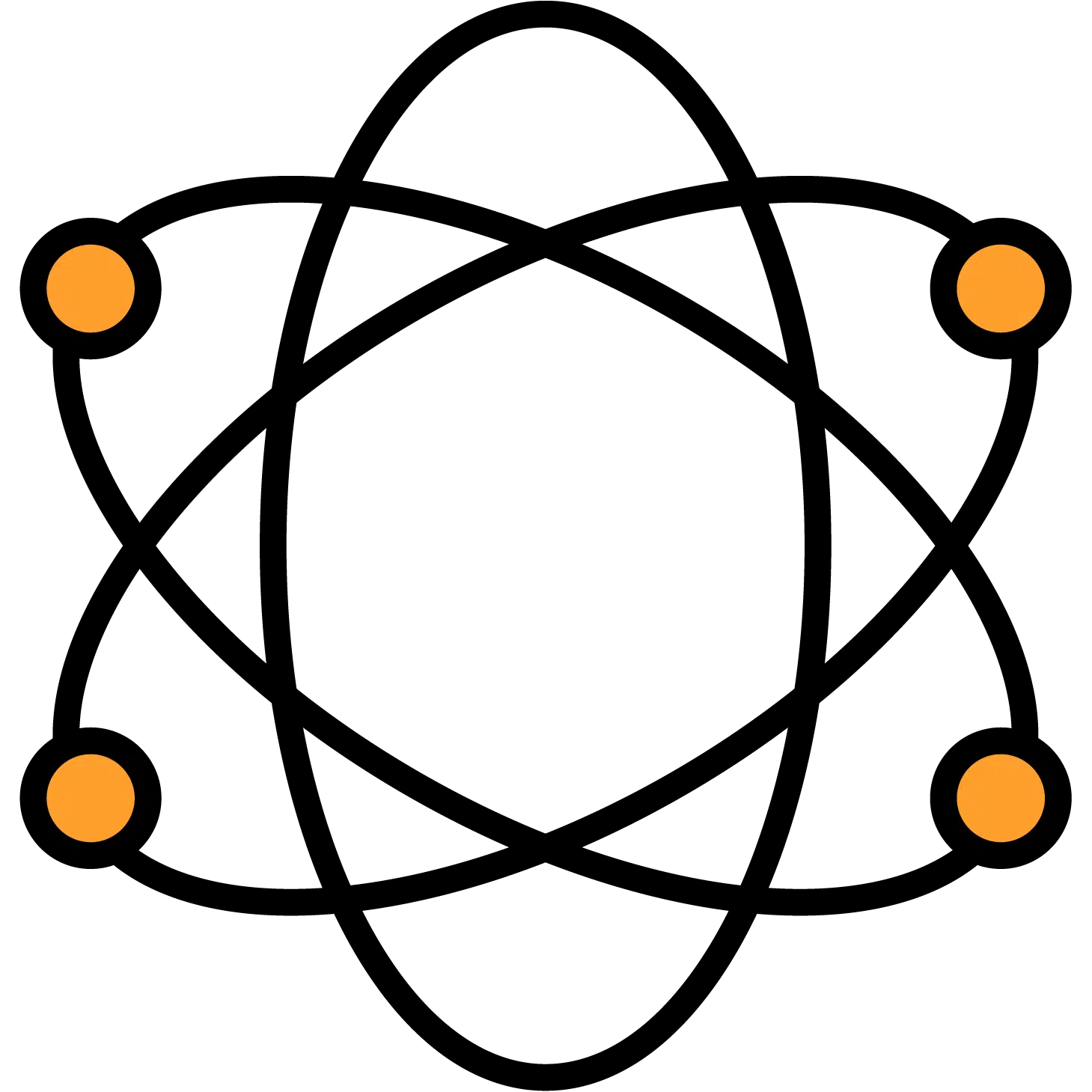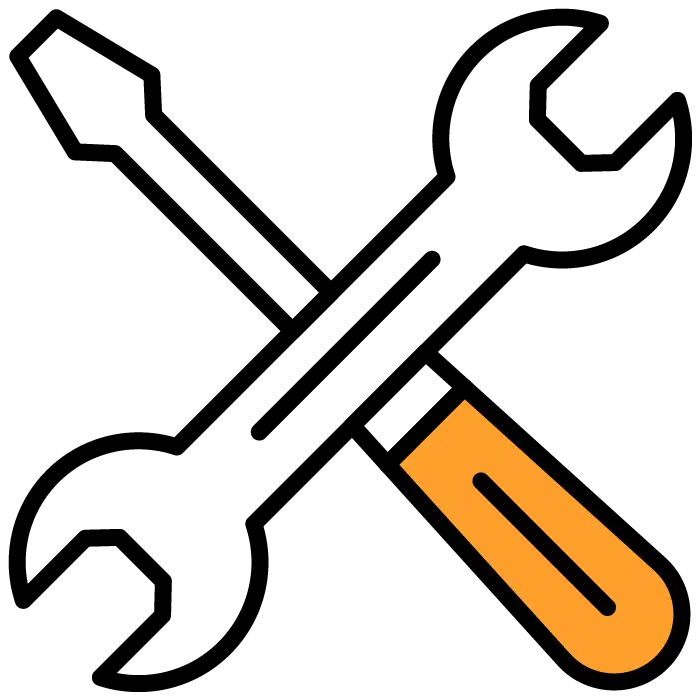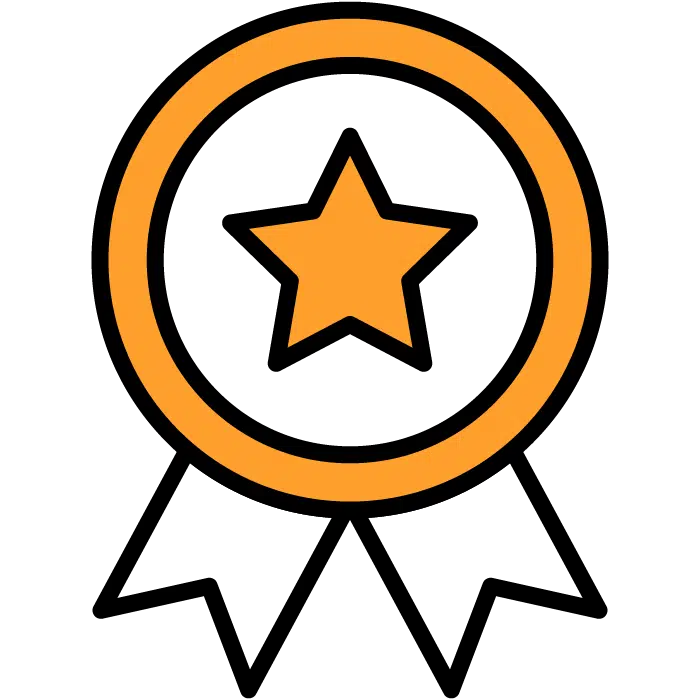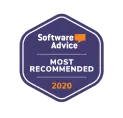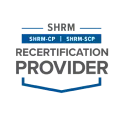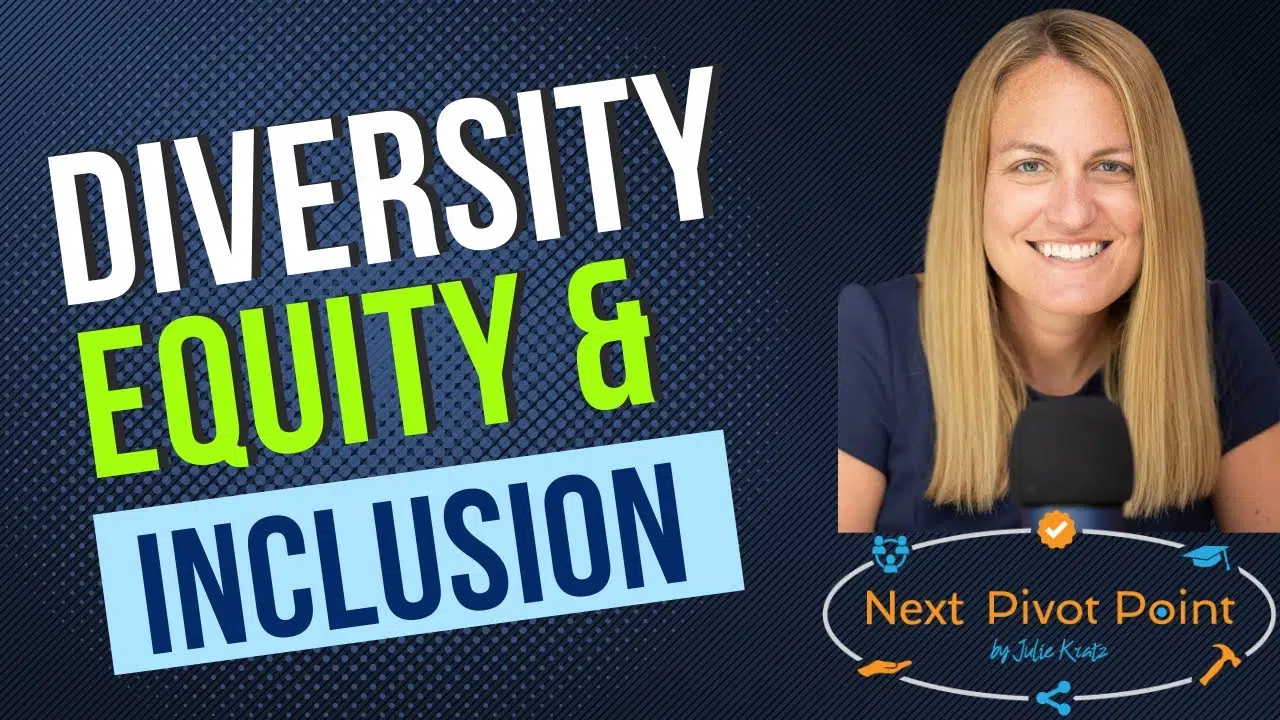Recruiting is a complex art with many moving parts — and it’s only getting tougher. According to Gartner, 45% of HR teams are increasing their recruiting budgets amid today’s talent shortages. Neglect your full cycle recruiting process, and you risk losing your best candidates to the competition.
To optimize your hiring efforts, you must make full-cycle recruiting your mantra. But what is full cycle recruiting, exactly? Below, you’ll learn everything about the methodology, complete with tips to improve your recruiting efforts. Master full-cycle recruiting, and take your pick from the top of the candidate pile.
Screen your candidates with proven pre-employment tests
The Hire Talent helps you navigate full-cycle recruiting with confidence. We’ll screen and qualify your candidates based on various traits — including critical thinking, cognitive ability, and leadership skills — so you can hire the best, faster.
What Is Full Cycle Recruiting?
Full-cycle recruiting is a term used to describe all steps of your organization’s recruitment process. Also known as end-to-end recruiting, full-life-cycle recruiting drives home an essential truth: to hire effectively, you must be consistent, holistic, and measured in your recruiting efforts.
The Full Cycle Recruiting Process
There are six steps to full-life-cycle recruiting: preparing, sourcing, screening, selecting, hiring, and onboarding.
Here’s how to conduct each step to cut the fat from your process, find the right candidates fast, and take your organization’s human capital to the next level:
1. Preparing
Preparing marks the beginning of the full-cycle recruitment process. In this step, you’ll identify a talent gap in your organization (a job vacancy or newly created role) and create a job description to fill it. Once you’ve written a job ad, post it to a job-posting site to attract potential candidates.
Preparing is a deceptively critical step in the recruitment process. Fail to write an accurate job description, and you risk attracting the wrong candidates. Write a snoozer of a job ad, and you might not get any candidates at all. To build a strong candidate pipeline, your job ad must be captivating without being deceptive.
You can read our article here on how to write a job description, or see our post on how to use AI to write better job descriptions.
2. Sourcing
Sourcing refers to the process of attracting and managing incoming job applications. During this step, you’ll drive buzz about your job opening — via job sites, career pages, and referral bonuses — and work to hit a certain candidate quota before moving forward.
If you use an applicant tracking system, it’ll do most of the heavy lifting for you. Modern ATS tools will automate your talent pipeline, consolidating job postings, referral programs, and career pages so no applicants fall through the cracks.
Pro Tip: DiscoveredATS is a leading ATS tool that helps streamline your hiring process from beginning to end. Use it to discover great hires, evaluate them with cutting-edge assessments, and retain them for years to come.
3. Screening
Screening is the process of narrowing your candidate pool. You’ll review resumes, administer talent assessments, and conduct phone screens, all with the goal of filtering out bad-fit candidates and identifying high-potential ones.
Of all the full-cycle recruiting steps, screening tends to be the biggest time kill. Per Gartner, the average recruiter spends a quarter of their bandwidth on screening alone. The longer you spend on screening, the slower your time to hire — and the higher your odds of losing candidates to opportunistic competitors.
Pro Tip: The Hire Talent’s pre-employment assessments are designed to accelerate your screening process and reduce time to hire. Assess everything from communication skills to honesty, so you can avoid dead-end phone screens and prioritize the best and brightest.
4. Selecting
The selection process involves conducting interviews and vetting candidates for employment. Extend an interview invite to the top of your candidate pool, then prepare structured interview questions to confirm their fit for the role (or identify red flags).
Once you’ve settled on a shortlist of finalists, dot your Is and cross your Ts. Reference checking is standard practice for confirming employment history, but it’s also an invaluable way to identify problem candidates who may have slipped through your screening efforts.
5. Hiring
Together with your hiring team, discuss each candidate’s strengths and shortcomings, then make a decision. The full-cycle recruiting process is holistic for a reason: Weigh all the data you’ve collected, and avoid letting one data point (a resume, an interview, etc.) drive your thinking.
Once you’ve made a decision, extend a job offer to the candidate that includes their job title, compensation details, and start date. Be pragmatic: Keep a runner-up candidate at the ready in the event your first choice decides to decline the offer.
6. Onboarding
Onboarding rounds out the full-life-cycle recruiting process. Although you’ve already landed your new hire, don’t cut corners. The longevity of that hire is at risk. According to HBR, a formalized onboarding experience can improve new hire productivity by 62% and retention by 50%.
Show your new hire you’re invested in their long-term success. Work with their manager to build a structured onramp for their first 45 days. Give them the resources they need — a laptop, remote work stipend, etc. — and answer any questions they have about the team and culture.
What Are the Benefits of Full Cycle Recruiting?
Full-cycle recruiting is well worth the investment. The more skilled you become at each of the steps, the better your talent acquisition and the stronger your organization.
Here are the biggest benefits of full-life-cycle recruiting:
-
Decreases time to hire
-
Strengthens your talent pipeline
-
Enhances the candidate experience
-
Boosts new hire productivity
-
Improves employee retention
What Are the Drawbacks of Full Cycle Recruiting?
For all its benefits, full cycle recruiting isn’t without its drawbacks. Here are some potential cons to keep in mind:
-
Difficult to execute if your HR team is short-staffed
-
Newer recruiters may struggle initially
-
Requires the right training and tools to do correctly
FAQ
Get answers to the most frequently asked questions about the life cycle recruiting process below:
Who Uses Full Life Cycle Recruiting?
Any employer can benefit from full-cycle recruiting. Recruiters, hiring managers, and HR teams all contribute to the full cycle recruiting experience.
How Long Does Full Cycle Recruiting Take?
The length of time required for full-cycle recruiting depends on your industry, company size, and the job title you’re hiring for. A seasonal retail role may take a few weeks to fill. Meanwhile, an executive hire could take several months.
Is Full Cycle Recruiting Difficult?
Full-cycle recruiting can be challenging for less experienced recruitment teams. Thankfully, platforms like The Hire Talent help streamline the process so your team can hire with confidence.
Summary

